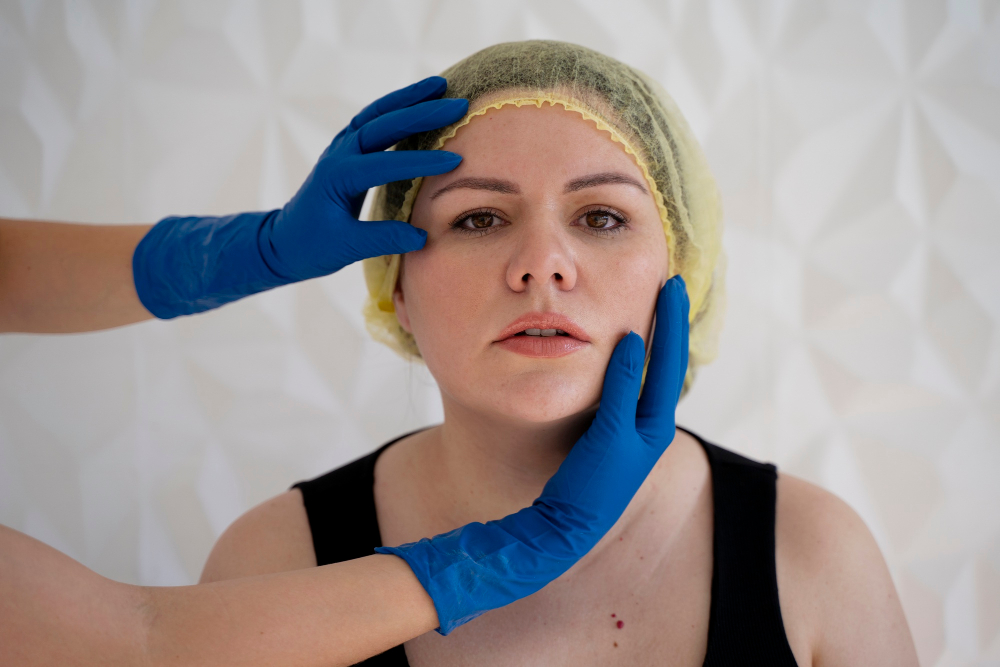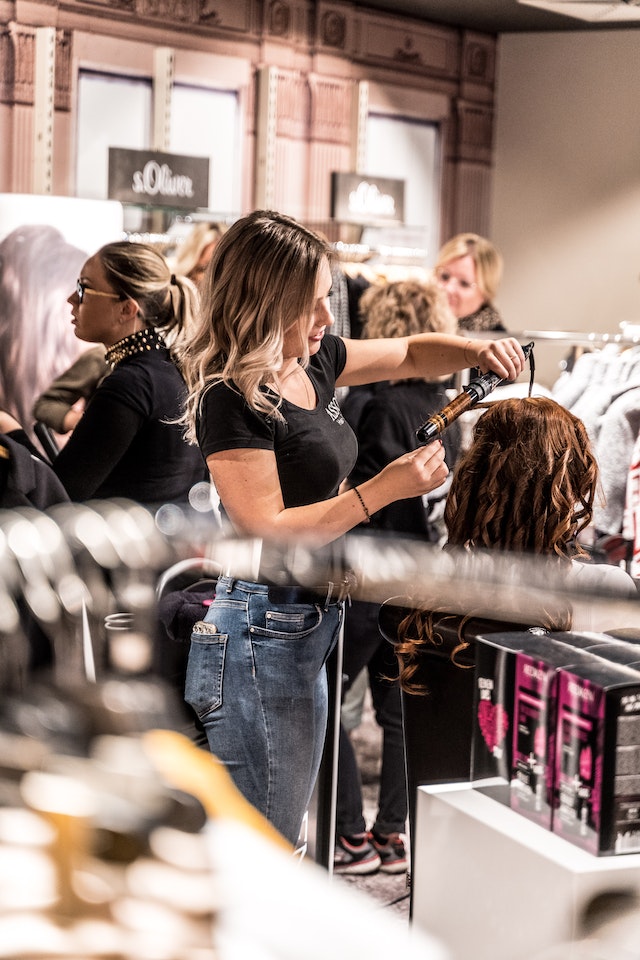Plastic surgery has become increasingly popular in recent years, with people seeking to enhance their appearance and achieve their desired aesthetic goals. While many individuals have positive experiences and achieve the desired results, there is a dark and troubling side to the industry that deserves attention: the horrible consequences of plastic surgery gone wrong.
Plastic surgery procedures, when performed by skilled and reputable surgeons, can be transformative and boost self-confidence. However, the pursuit of perfection and the desire to conform to societal beauty standards can lead some individuals down a treacherous path, where their dreams of beauty turn into a living nightmare.
The stories of botched plastic surgery procedures are chilling and heartbreaking. Patients who have undergone these procedures often experience a range of devastating consequences, both physical and emotional. Complications such as infections, excessive scarring, asymmetry, nerve damage, and even disfigurement can occur, leaving individuals with permanent reminders of their ill-fated decision.
What makes these stories even more tragic is that they often go unreported or are overshadowed by the glamorous facade of the plastic surgery industry. Patients may feel ashamed or fearful of speaking out about their experiences, while others may be silenced by legal agreements or intimidation from the very professionals they trusted with their bodies.
To shed light on the horrible side of plastic surgery, it is essential for journalists to investigate and report on these cases. This requires thorough research, fact-checking, and verification of information to ensure accurate reporting. Journalists should reach out to victims of botched procedures, giving them a platform to share their stories and bring attention to the risks and dangers associated with plastic surgery.
Additionally, journalists have a responsibility to expose the unscrupulous practices of certain plastic surgeons who prioritize profit over patient safety. Investigating the qualifications, credentials, and track records of these practitioners can help identify patterns of malpractice and protect potential patients from falling into the same trap. By holding these surgeons accountable, journalists can contribute to the development of stricter regulations and ethical standards within the industry.
However, it is important to note that not all plastic surgeons are to blame. Many skilled and dedicated professionals prioritize patient safety and strive for exceptional results. Journalists should aim to provide a balanced perspective by featuring success stories and highlighting responsible practitioners within the field. This approach ensures a fair representation of the industry while emphasizing the need for caution and thorough research when considering plastic surgery.
Moreover, education plays a crucial role in preventing plastic surgery disasters. Journalists can help by providing accurate and reliable information to the public about the risks, potential complications, and realistic expectations associated with various procedures. Promoting a culture of informed consent, encouraging individuals to seek multiple opinions, and urging them to consider non-surgical alternatives can go a long way in preventing beauty aspirations from turning into nightmares.
In conclusion, the horrible side of plastic surgery must not be ignored or swept under the rug. Journalists have a duty to uncover and report on cases of botched procedures, shedding light on the devastating consequences of beauty gone wrong. By amplifying the voices of victims, exposing unethical practices, and promoting responsible decision-making, journalists can contribute to a safer and more informed landscape within the plastic surgery industry.










